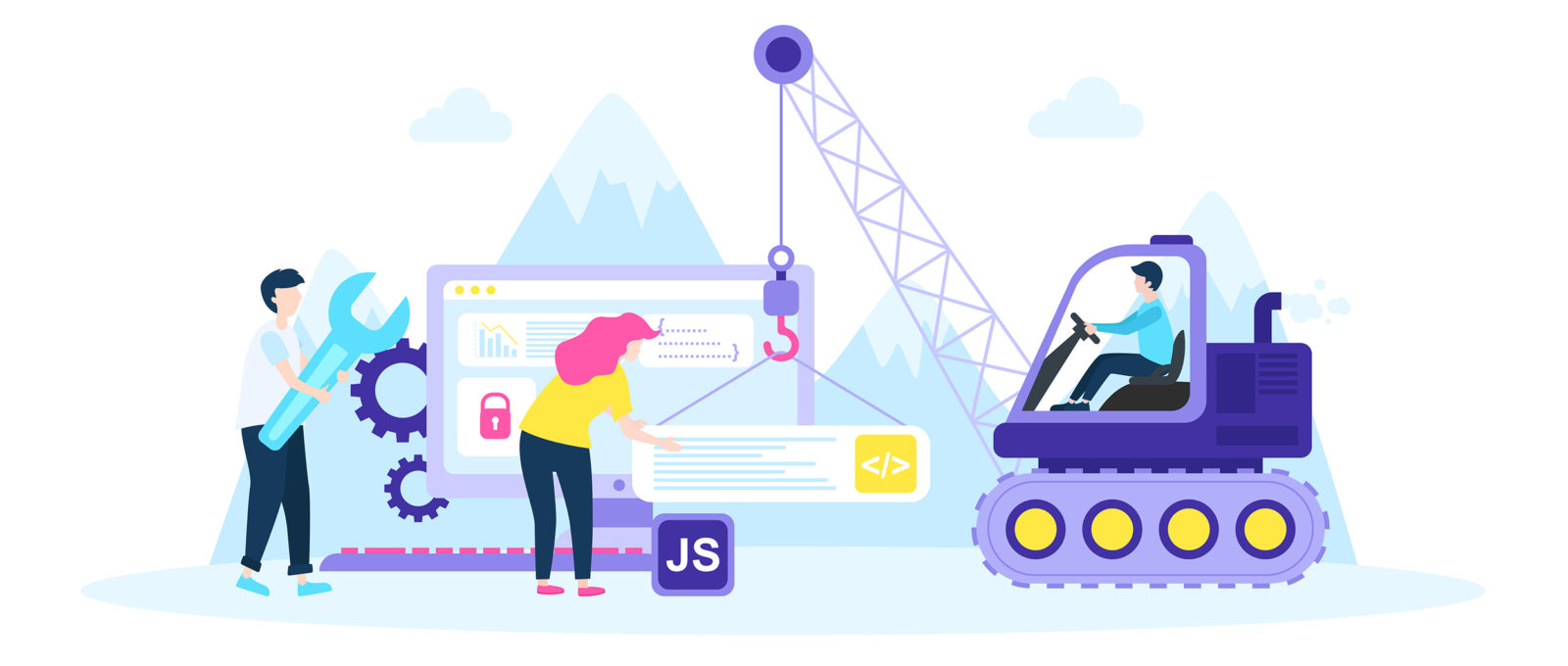The Advancement Of Website Design: From Past To Present
The Advancement Of Website Design: From Past To Present
Blog Article
Staff Author-Asmussen Wong
In the past, web sites were straightforward and concentrated on info. Navigating was straight, and style was for desktops. Now, individual experience is key. Information guides layouts for simple navigating. Receptive layouts fit various devices. Today, dark setting reduces stress, and minimalist menus improve navigating. Interactive functions involve users, and bold visuals attract attention. AI integration improves engagement. See exactly how style has advanced to enhance your online journey.
Early Days of Web Design
In the very early days of website design, simplicity reigned supreme. https://video-marketing-career06283.blog5star.com/30265476/wanting-to-enhance-your-brand-s-on-line-visibility-and-attain-electronic-advertising-success-our-specialist-services-can-assist-you-unlock-the-key-to-transforming-your-business-and-taking-it-to-brand-new-elevations were fundamental, with limited shades, typefaces, and layouts. The emphasis got on giving information rather than fancy visuals. Individuals accessed the web through sluggish dial-up links, so speed and capability were essential.
Navigating food selections were straightforward, normally located on top or side of the web page. Internet sites were created for desktop, as mobile browsing had not been yet prevalent. Material was king, and designers focused on very easy readability over intricate layout components.
508 compliant sites was the key coding language used, and designers had to work within its restrictions. Animations and interactive functions were marginal compared to today's requirements. Web sites were static, with little vibrant content or tailored customer experiences.
Surge of User-Focused Layout
With the evolution of internet site style, a shift towards user-focused design principles has ended up being significantly noticeable. Today, developing internet sites that focus on user experience is critical for involving visitors and attaining service goals. User-focused design includes comprehending the demands, preferences, and habits of your target market to tailor the web site's design, web content, and includes as necessary.
Developers now carry out detailed research, such as customer studies and usability screening, to collect insights and responses straight from customers. This data-driven technique aids in producing user-friendly navigating, clear calls-to-action, and visually attractive interfaces that reverberate with site visitors. By positioning the individual at the center of the layout procedure, internet sites can supply a more personalized and delightful experience.
Receptive style has also emerged as a crucial facet of user-focused style, making sure that internet sites are maximized for various tools and screen sizes. This adaptability improves availability and usability, dealing with the diverse methods individuals communicate with web sites today. Fundamentally, the surge of user-focused layout represents a shift in the direction of developing digital experiences that prioritize the requirements and expectations of the end user.
Modern Trends in Website Design
Explore the current patterns shaping web design today. One famous pattern is dark mode style, providing a sleek and contemporary look while minimizing eye pressure in low-light environments. One more crucial fad is minimal navigation, simplifying food selections and enhancing user experience by concentrating on essential elements. Incorporating micro-interactions, such as animated buttons or scrolling impacts, can produce an extra engaging and interactive site. Responsive layout stays important, ensuring seamless user experiences across various tools. Additionally, utilizing strong typography and asymmetrical formats can add aesthetic interest and draw attention to details web content.
Incorporating AI innovation, like chatbots for client assistance or tailored suggestions, improves user involvement and enhances procedures. Ease of access has likewise end up being a considerable fad, with developers prioritizing inclusive layout methods to accommodate varied individual needs. Accepting sustainability by maximizing internet site performance for speed and effectiveness is an additional arising trend in web design. Teaming up with user feedback and information analytics to iterate and improve design continually is important for remaining appropriate in the ever-evolving digital landscape. By embracing these contemporary trends, you can develop a visually attractive, straightforward web site that reverberates with your audience.
Final thought
As you reflect on the evolution of web site layout from the very early days to currently, you can see how user-focused design has actually become the driving force behind modern-day patterns.
Welcome the trip of adjustment and adjustment in web design, constantly keeping the user experience at the leading edge.
Stay existing with the most up to date fads and innovations, and never ever quit advancing your strategy to create aesthetically stunning and easy to use internet sites.
Advance, adjust, and develop - the future of website design remains in your hands.
